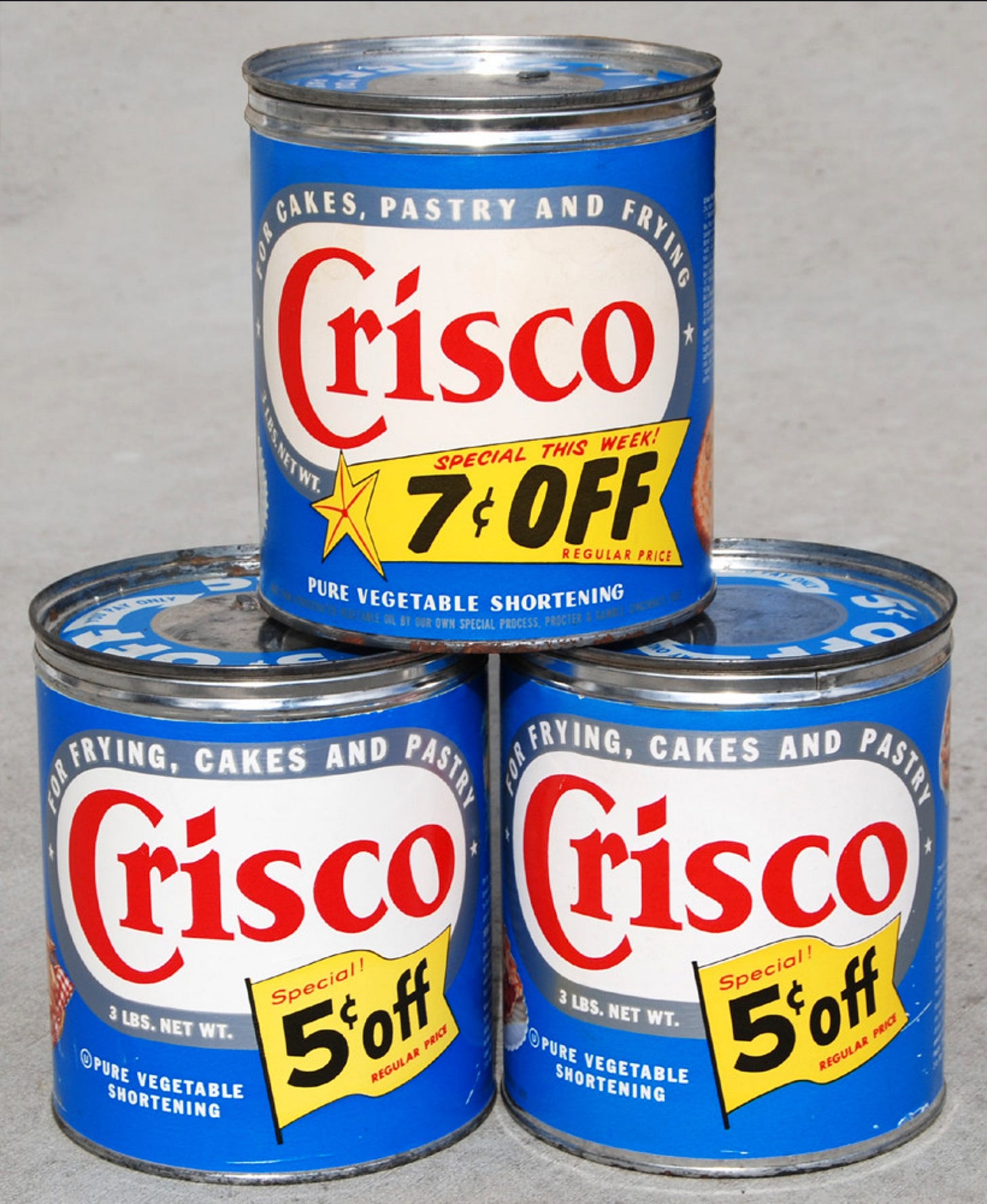PLAY PLAY with Food!
So, I had two conversations recently that got me thinking about how we’re all just playing with food like it’s a game of culinary Twister. One was with a young woman in her 20s, slim and attractive, who works for us so I asked if she was vegan, keto, paleo, or into some other “nutrition” cult. She laughed and said, “Nope!” I asked how she dodged the food craze bullet, and she replied, “I took a nutrition course in college!” I had to ask if she slept through it because, honestly, those classes are like a straight ticket to food FEARS dan maybe even ORTHOREXIA.
Then there’s the other conversation with my friend, whose 19-year-old daughter spent an entire day in the hospital, writhing in abdominal agony. After running every test imaginable and finding nothing, it turned out the girl’s diet was basically “chicken, rice, pasta, repeat.” No veggies, no fruit, no other meats. Just endless chicken. Her food pyramid is an elimination game played by watching Tik Tok influencers. Wonder how she will avoid stuffing raw spinach in her mouth as soon as she wakes up? She won’t need to rub lemons on her thighs since they are already thin thighs. Remember when Pilates started in the 90s and that’s all women thought it was for??
And here’s where it gets even better: Despite all this food neurosis, we’ve got 30 million overweight kids waddling around, convinced that eating “clean” is the answer. The other day in Chelsea, I saw three girls and a guy walking down the street—all the girls were sporting the latest see-through fashion trends while simultaneously defying the tensile strength of Lycra. The guy was only moderately overweight, but hey, give it time. They were happy, laughing, completely unbothered by the fact that they were basically a visible walking, talking contradiction to what our health-obsessed society tells us is important. And soon they will be using our precious health care resources to treat their Metabolic Syndrome.
It’s ironic, right? We’re obsessed with eating clean, but somehow “clean” means “obese” now. The media’s too busy selling kale smoothies and gluten-free everything to admit the truth: overeating stretches your stomach, messes with your hormones, and leaves you dreaming of snacks 24/7. Maybe we should just start posting pictures of starving children everywhere to remind people that food isn’t supposed to be a hobby.
And then there’s the grand illusion that we were all healthier before the 60s. Spoiler alert: We weren’t. People didn’t run marathons—they ran to the couch. Exercise was standing up to change the TV channel. And we cooked everything in Crisco. If you don’t know what Crisco is, it’s basically America’s secret ingredient for clogged arteries from the 1900s to the 1960s. And now we’re dragging around 12 billion extra pounds while politicians shout about making America great again. Maybe they mean great in girth?
So let’s talk CRISCO. Here’s what you can find about it on the web: From the early 1900s to around 1960, Crisco reigned supreme in American kitchens. Introduced by Procter & Gamble in 1911, Crisco was the first all-vegetable shortening, made primarily from hydrogenated cottonseed oil. It quickly became a staple because it was cheaper than lard, had a long shelf life, and was marketed as a cleaner, healthier alternative to animal fats. Crisco was so popular because of BRANDING ! Crisco was not just another product we were told-- it was revolutionary. The idea of hydrogenated vegetable oil was new, and Crisco’s branding positioned it as modern and scientifically superior to traditional animal fats.
And it was sure versatile: Crisco could be used for frying, baking, and as a base for many recipes so one tin was for everything. Of course, olive oil was virtually unknown to most Americans. Crisco filled the gap left by animal fats like lard and butter, but of course we needed salad dressing even though this was not on the menu too often until KRAFT came up with an orange goo--a thick, bright orange concoction. It was called FRENCH so we could feel sophisticated and EUROPEAN. Kraft French dressing was sweet, tangy, and creamy, masking the tasteless ice burg lettuce – NO Romaine or Arugula – no one could pronounce these words!
It wasn’t until the late 20th century that olive oil became mainstream . Until then, Crisco and butter held their ground as the primary fats in the American diet. Sorry, forgot to add MARGARINE which was touted in the 50s as “healthy.” It seems as if marketers knew from the start that the H word as winner. Wonder Bread- building strong bodies 7 ways.
So here’s a thought: Let’s stop playing food roulette and realize that TASTE and Expanding our pathetic palates should be our guide not branding and ingredient disclosures.


